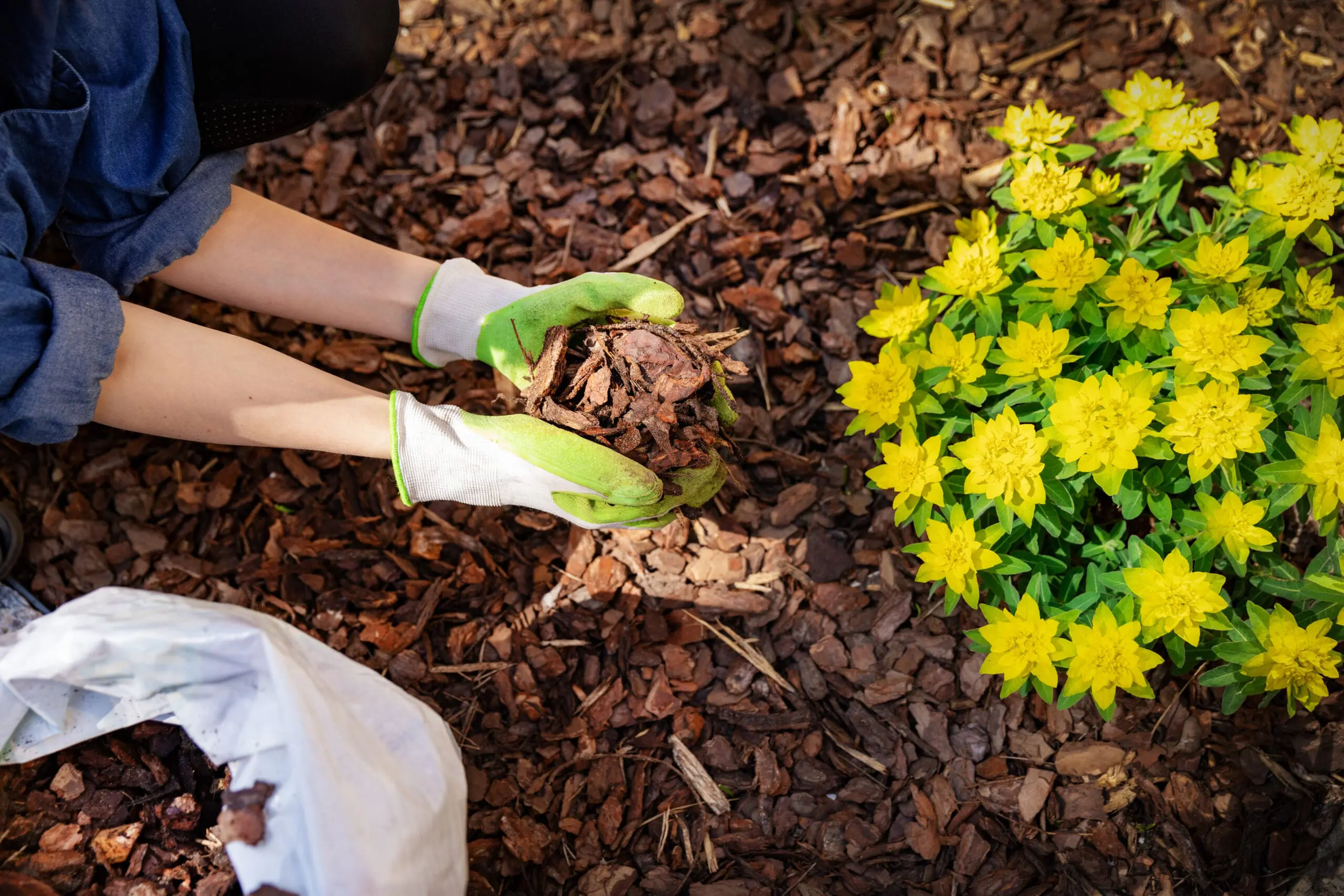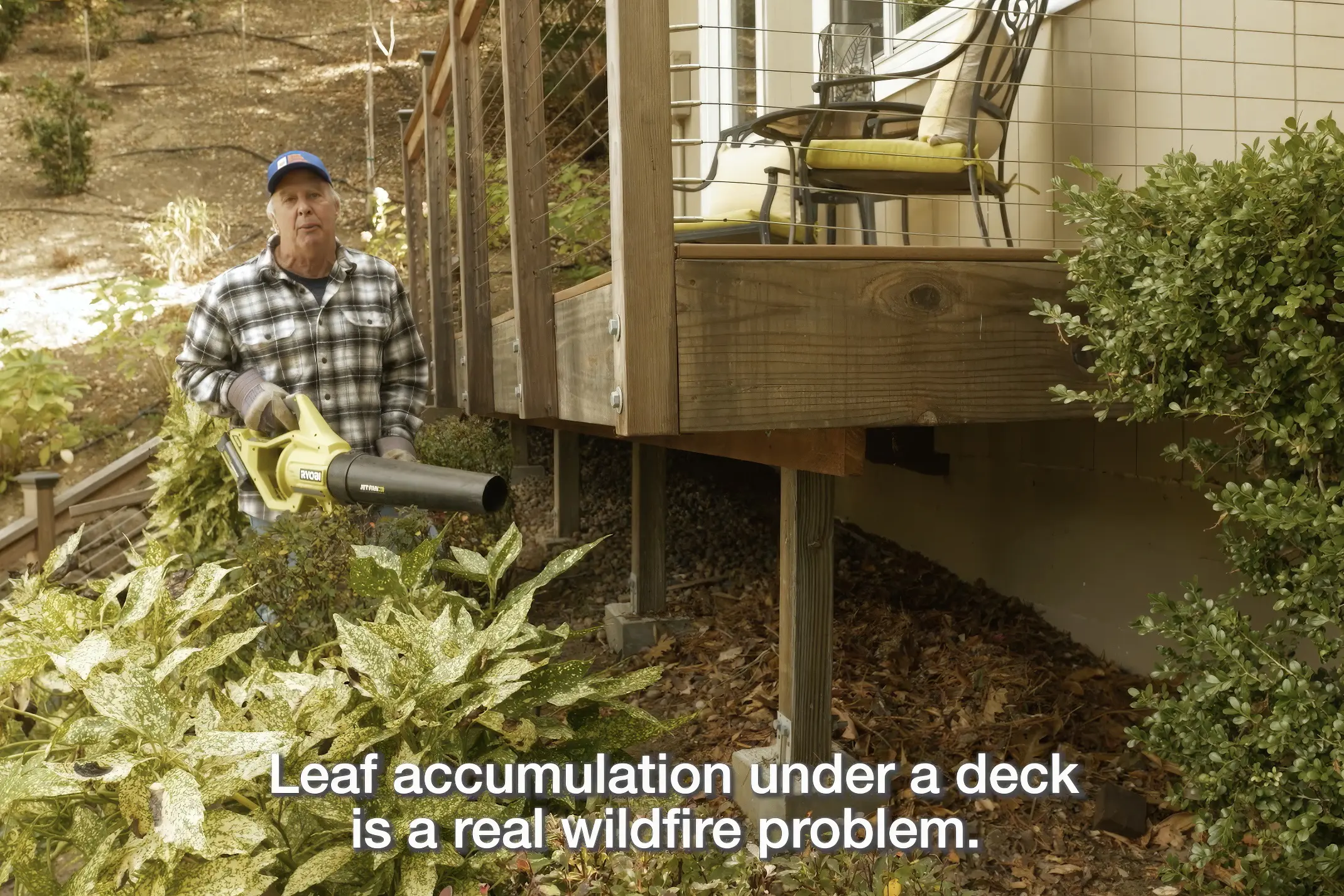IN THE EVENT OF AN EMERGENCY THIS SITE IS NOT MONITORED. FOR CURRENT INFORMATION GO TO HTTPS://EMERGENCY.MARINCOUNTY.GOV.
How to Maintain A Fire-Smart Yard
Wildfires pose a significant threat to ecosystems, communities, and human lives. However, wildfires are also part of our natural ecosystem and a necessary part of our environment. Today we have built many homes in the Wildfire Urban Interface (WUI) Zone where homes are now often surrounded by forested areas. This, combined with past fire prevention efforts and lack of forest management, has led to the catastrophic wildfires we now sometimes experience where wildfires destroy structures and communities.
In regions prone to wildfires, the importance of landscape maintenance cannot be overstated. One of the primary objectives of landscape maintenance in wildfire-prone regions is fuel reduction. Vegetation, such as dry grasses, fallen leaves, and deadwood, serves as fuel for wildfires. Regular maintenance, including clearing away flammable debris and creating defensible space, helps break the continuous fuel supply, limiting the potential for a small fire to escalate into a large and destructive wildfire.
Homeowners and land managers should select fire-resistant plants, strategically place vegetation to create natural firebreaks, and implement controlled burns to eliminate excess fuel. Regular pruning and removal of dead or diseased plants contribute to a healthier landscape that is less susceptible to rapid fire spread.
The impact of landscape maintenance extends beyond individual properties. Collaborative community-wide efforts are essential for creating effective fire mitigation strategies. Local governments, homeowners’ associations, and residents can work together to implement and enforce vegetation management policies, ensuring that everyone contributes to reducing the overall risk of wildfires in the area.
Climate change has led to an increase in the frequency and intensity of wildfires in many regions. As landscapes evolve, so must our approach to maintenance. Adaptive strategies, such as incorporating fire-resistant plant species that are well-suited to changing climate conditions, can enhance the resilience of ecosystems and communities.
The importance of landscape maintenance in wildfire prevention cannot be overstressed. As we witness the escalating threats posed by wildfires, it is imperative that individuals, communities, and governments recognize the role they play in shaping landscapes that are both beautiful and resilient. By embracing responsible maintenance practices, we can foster environments that are less susceptible to catastrophic wildfires, ensuring the safety of our communities and the preservation of our natural landscapes for future generations.










